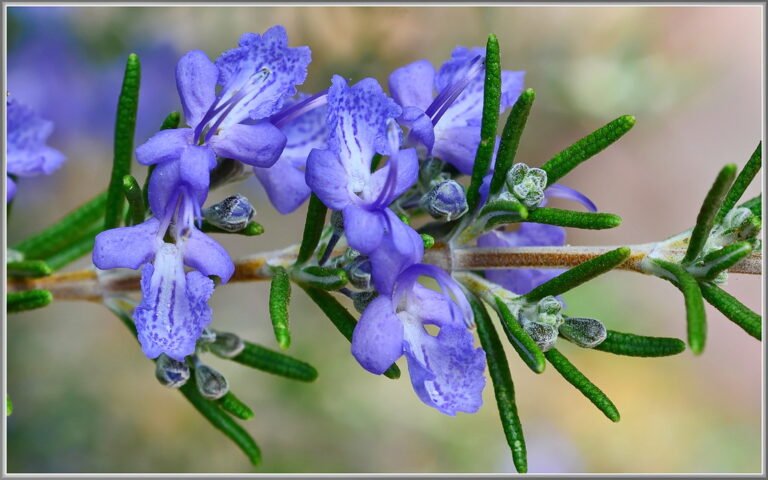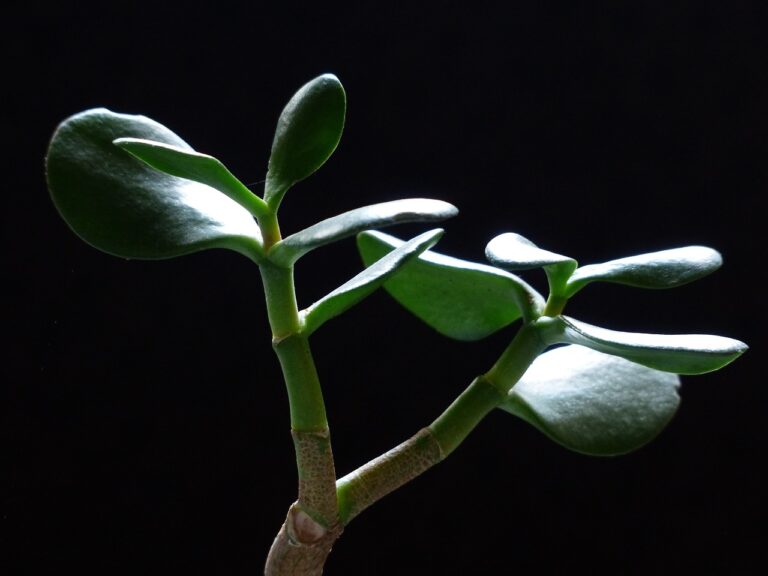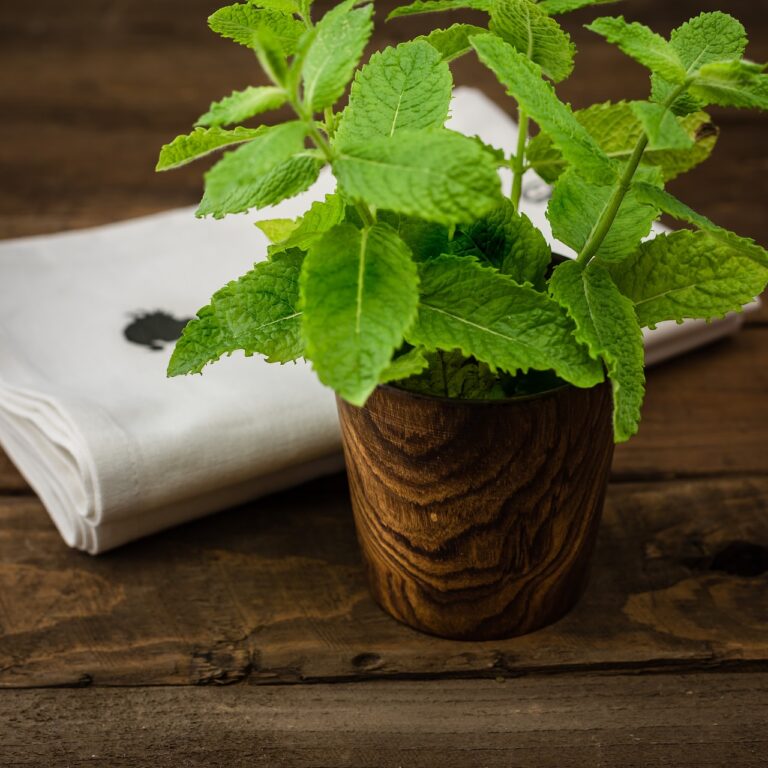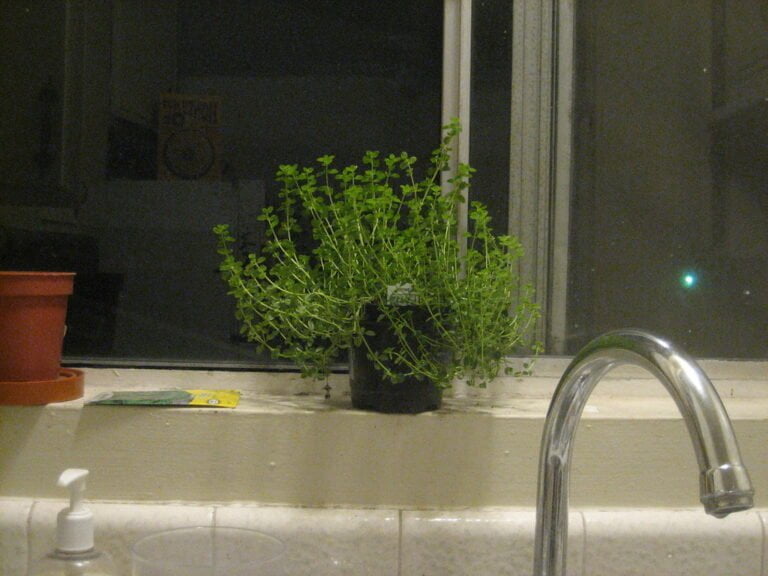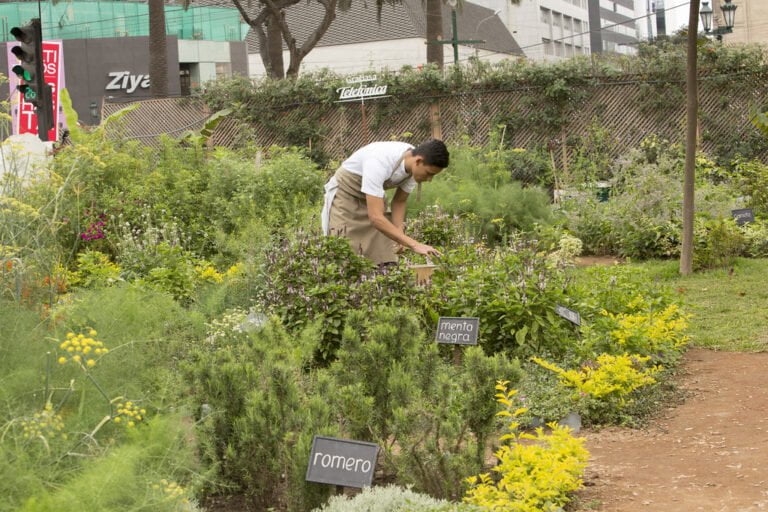Guide to Propagating Dracaena Plants
To propagate Dracaena plants effectively, master techniques like top cutting, stump cuttings, water propagation, and air layering. Trim the top 4-6 inches of a tall cane for top cutting, treating cuts to prevent infections. Lay stump cuttings on moist soil after cutting long canes into 3-4 inch pieces. Initiate root growth in water with top cuttings placed below a leaf node. Encourage root development through air layering by applying rooting hormone and using dampened moss. Care for the plants by providing proper light, warmth, and moisture levels. Water sparingly, offer indirect sunlight, and transplant after new growth. Optimize growth through these methods.
Propagation Methods for Dracaena Plants
When propagating Dracaena plants, various methods such as top cutting, stump cuttings, top cuttings in water, and air layering are utilized for successful plant reproduction. Top cutting involves taking a sharp, sterilized tool and snipping off the top 4 to 6 inches of a tall cane. After treating the cuts with an antiseptic solution, remove some of the lower leaves to reduce moisture loss and encourage root growth. Insert the cutting into well-draining soil, ensuring it remains consistently moist but not waterlogged.
Stump cuttings, on the other hand, require cutting long canes into 3-4 inch pieces. These cuttings should be laid horizontally on the soil surface, ensuring the soil remains evenly moist. Over time, green growth should emerge from the top of the cutting, indicating successful root development.
For top cuttings in water, make a clean cut just below a leaf node. Trim the lower leaves to prevent them from rotting in the water. Place the cutting in a container of water, replenishing it every few days to prevent stagnation. Once the roots have reached at least an inch in length, transplant the cutting into soil to encourage further growth.
Lastly, air layering is a method where a wound is made on the main cane, dusted with rooting hormone to stimulate root growth. The wounded area is then wrapped with dampened moss to maintain moisture levels, promoting root development. After roots have sufficiently grown, the cutting can be transplanted into soil for continued growth.
Best Time for Dracaena Propagation
During the key growth phase of Dracaena plants in spring or summer, it is best to undertake propagation for healthy stems using sterile pruning shears and rooting hormone for better root growth. This period offers ideal conditions for the development of new roots, increasing the success rate of propagation. Choosing the right stems is essential; opt for those that are vigorous, free of disease, and have at least a few leaves. Sterilizing pruning shears before taking cuttings helps prevent the spread of pathogens that could hinder the rooting process.
Rooting hormone is a valuable tool during propagation as it contains growth-promoting auxins that stimulate root development. Applying rooting hormone to the cut end of the stem before planting it in a suitable growing medium enhances the chances of successful root formation. Different methods such as stem cuttings or air layering can be employed depending on the plant’s size and health. While stem cuttings are more common and straightforward, air layering can be advantageous for larger Dracaena plants that may be challenging to propagate through traditional methods.
Tools and Supplies for Dracaena Propagation
For successful Dracaena propagation, essential tools and supplies include sterilized pruning shears, rooting hormone, well-draining soil, indirect light, and plastic covers. Sterilized pruning shears are essential to guarantee clean cuts when propagating Dracaena plants, reducing the risk of infections. Rooting hormone can expedite the development of robust roots in Dracaena cuttings, aiding in their successful establishment. Well-draining soil is a necessity during propagation to prevent waterlogging, which can lead to root rot and compromise the health of the plant.
Indirect light is ideal for newly propagated Dracaena plants as it promotes steady growth without the risk of sunburn or stress. Plastic covers play a crucial role in maintaining the necessary humidity levels for successful propagation. By creating a greenhouse effect, the covers help retain moisture in the soil and around the plant, supporting root development and overall growth.
Having these tools and supplies on hand is essential for creating a conducive environment for Dracaena propagation. Each item plays a specific role in guaranteeing the health and vitality of the propagated plants, setting them up for successful growth and development.
Techniques for Successful Dracaena Propagation
To successfully propagate Dracaena plants, mastering various techniques such as top cuttings, stem cuttings, air layering, and water propagation is vital. When propagating Dracaena Marginata through top cuttings, make sure to cut a section of the plant’s crown and place it in either water or soil. Regularly change the water if opting for the water method to prevent rotting and promote root development. For stem cuttings, select a healthy stem, cut it into sections, and place them in a rooting medium. Keep the cuttings moist to encourage root growth and eventually new shoots. Air layering is a bit more complex but effective for Dracaena propagation. Create a wound on the main cane, wrap it with moist moss, and wait for roots to form before transplanting. Water propagation involves submerging the cuttings in water until roots appear, then transferring them to soil for further growth. Proper plant care, including adequate light, warmth, and moisture, is essential for successful propagation. Be mindful of transplant shock when moving propagated Dracaena plants to a new environment, ensuring a smooth adjustment for continued growth.
Care Tips for Propagated Dracaena Plants
When tending to propagated Dracaena plants, make sure to water sparingly to prevent root rot and allow the soil to dry between waterings. Overwatering can lead to root rot, so it’s important to let the top few inches of soil dry out before watering again. Providing indirect sunlight is essential for the care of propagated Dracaena plants. Direct sunlight may scorch the leaves, so placing them in a location with bright, indirect light is ideal for their growth.
Monitoring the plant’s leaves can indicate its watering needs. If the leaves start to droop, it might be a sign that the plant requires more water. To promote ideal root development, maintain consistent warmth levels between 70-80°F. Fluctuations in temperature can stress the plant and hinder its growth.
Using well-draining soil is crucial for the health of propagated Dracaena plants. This type of soil prevents waterlogging and helps maintain the right moisture levels for the roots. Transplanting the propagated plants after 4-6 weeks of new growth can provide them with more space to thrive. Following these care tips will help ensure the successful growth and development of your propagated Dracaena plants.

